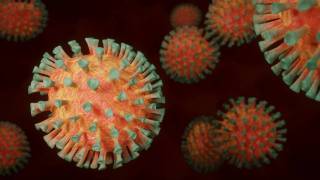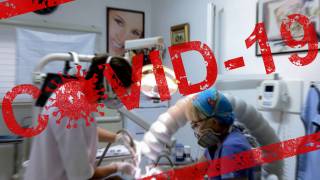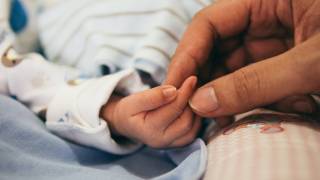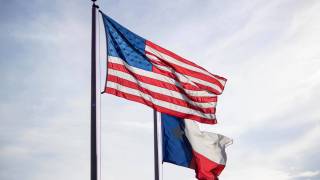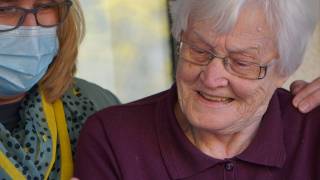Can Facial Coverings Flatten the Coronavirus Curve
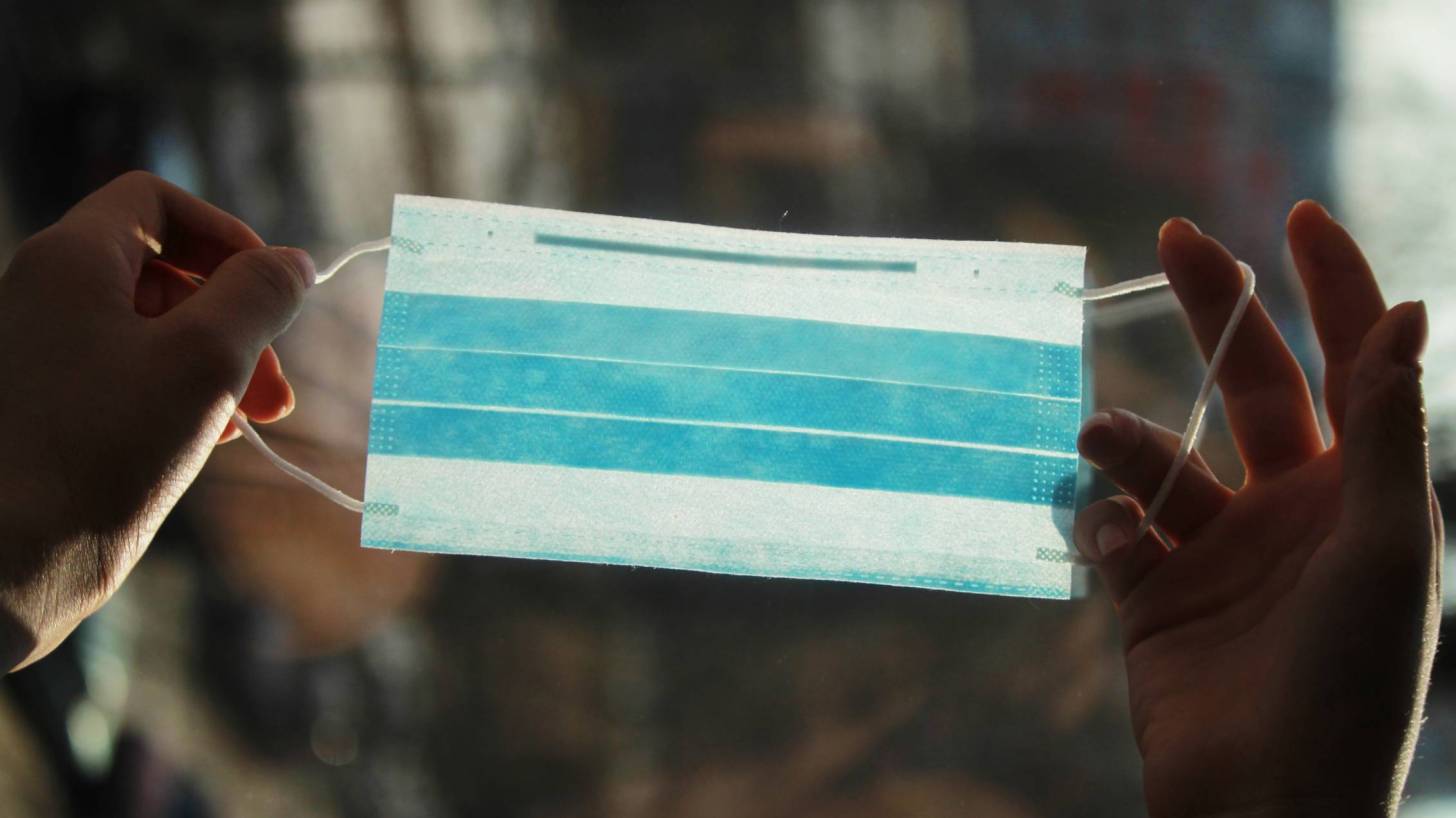
A new US Food and Drug Administration (FDA) Grand Rounds webcast titled ‘Facial Coverings During the COVID-19 Pandemic: How Well Do They Flatten the Curve’, supports the government’s revised face-mask wearing guidelines.
Conducted on November 12, 2020, the team led by Prasanna Hariharan, Ph.D. Matthew Myers, Ph.D., and Suvajyoti Guha, Ph.D., this webcast stated ‘face masks are playing a key role in reducing the spread of SARS-CoV-2 virus that is causing COVID-19.’
‘To enable us to more thoroughly evaluate the ability of facial coverings to reduce the spread of infection, we are developing a comprehensive risk-assessment tool. The goal is to predict the probability of infection of an individual wearing the mask, given the characteristics of the mask, the population, and pathogen,’ stated this team.
The extent to which these coverings reduce the emission of the new coronavirus into the environment, and the amount of virus inhaled by a wearer, has not been scientifically quantified.
Additionally, the extent to which the filtration efficiency of the different types of face coverings translates into an actual reduction in COVID-19 infection rate is almost completely unknown, ‘as the number of real-world variables is expansive’ stated the FDA group.
As a part of the predictive modeling effort, ‘we first obtained the filtration and leakage performance of coverings using both experimental and computational methods. The particle deposition in different parts of the respiratory system was estimated using our lung-deposition model.’
‘All this information was input into a risk assessment model we that we recently developed and are currently calibrating for COVID-19. The output of the risk-assessment model is the infection rate as a function of time.’
And the new model developed by this FDA team is projecting the effectiveness of innovative mask designs, such as 3D-printed. For 3D-printed facemasks to become well used, multiple designs are being printed and tested by healthcare providers.
However, offer specific recommendations to each use-case would be inaccurate.
‘Using these tools, we are predicting the extent to which different face covering can flatten the infection curves for the COVID-19 pandemic, for a given pattern of population behavior, including contact rate and level of mask usage,’ concluded the FDA webcast.
Previously, on November 10, 2020, the U.S. CDC published revised guidelines which stated ‘masks help reduce the inhalation of virus droplets by the wearer…. Up to 70 percent.’
‘Multi-layer cloth masks block the release of exhaled respiratory particles into the environment.’
The community benefit of masking to enhance SARS-CoV-2 control increases with people using masks consistently and correctly.’
The CDC states ‘Data regarding the “real-world” effectiveness of community masking are limited to observational and epidemiological studies… and lacks data when masks are used outside in the fresh air.
Observational studies that showed effectiveness included:
In a study of 124 Beijing households with > 1 laboratory-confirmed case of SARS-CoV-2 infection, mask use by the index patient and family contacts before the index patient developed symptoms reduced secondary transmission within the households by 79%.
A retrospective case-control study from Thailand documented that, among more than 1,000 persons interviewed as part of contact tracing investigations, those who reported having always worn a mask during high-risk exposures experienced a greater than 70% reduced risk of acquiring infection compared with persons who did not wear masks under these circumstances.
A study of an outbreak aboard the USS Theodore Roosevelt, an environment notable for congregate living quarters and close working environments, found that use of face coverings on-board was associated with a 70% reduced risk.
CoronavirusToday publishes research-based news.
Our Trust Standards: Medical Advisory Committee









